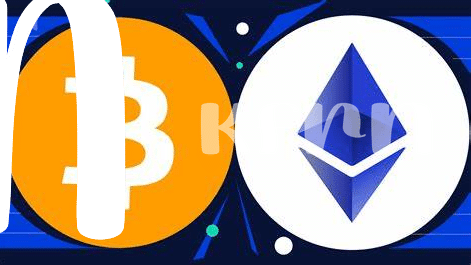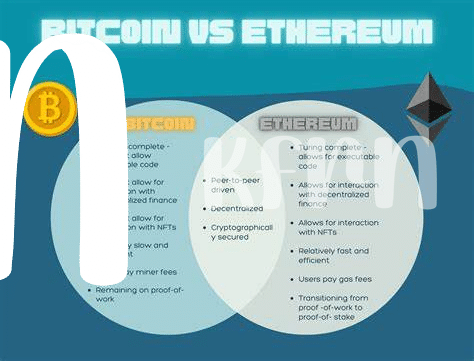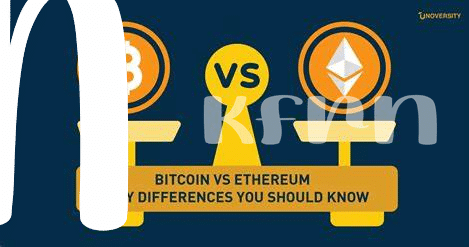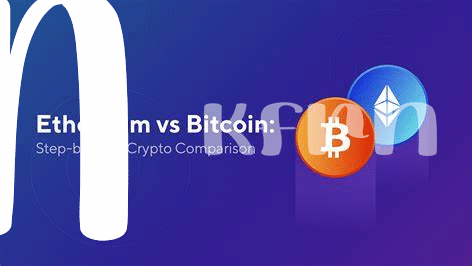🌍 What’s the Micropayment Revolution All About?

Imagine you’re at a coffee shop, sipping your favorite blend. Now, think about paying for just that sip instead of the whole cup. That’s the essence of what we’re talking about when we dive into the world of micropayments. It’s a way to sprinkle tiny bits of digital money, like fairy dust, for the tiniest transactions you can think of. Before, the idea of breaking down a dollar into a hundred tiny pieces to pay for online content or a few minutes of a movie seemed like a distant dream. But now, thanks to the digital wave crashing over our financial shores, it’s becoming a vivid reality. This isn’t just about buying low-cost items online; it’s about reshaping how we think of value exchange in our digital world.
Behind the scenes, two key players light the path in this revolution: Bitcoin and Ethereum. They are like the wizards of the digital currency realm, each with its own set of spells to make micropayments smoother, faster, and more feasible than ever. Bitcoin tears down the barriers of traditional online payments by slashing transaction fees and making it possible to send tiny sums across the globe without a hiccup. Ethereum takes it a step further by weaving in the magic of smart contracts, agreements that run automatically when conditions are met, opening up countless possibilities for micropayments. As we pull back the curtain, we see not just a battle of technologies, but a promise of a future where our digital and physical lives can blend seamlessly, payment by tiny payment.
| Feature | Bitcoin | Ethereum |
|---|---|---|
| Transaction Speed | Slower due to its Proof of Work mechanism | Faster due to more advanced algorithms |
| Smart Contract Capability | Limited | Extensive |
| Focus | Primarily a digital currency | Platform for decentralized applications |
💡 Breaking down How Bitcoin Works
Imagine having a giant ledger that everyone can see, but no one can tamper with—that’s essentially what Bitcoin is. Each Bitcoin transaction is recorded on a digital ledger known as the blockchain. Everyone on the network, which is just a fancy term for all the people using Bitcoin, can see this ledger, making everything transparent. When you send someone Bitcoin, it’s like writing on this giant ledger saying, “Hey, I’m giving a bit of my digital money to this person.” However, unlike traditional money, Bitcoin’s entries can’t be erased or modified, ensuring everything is fair and secure. The magic behind this is a combination of complex math and principles of trust, all running on computers around the world. This process not only keeps everything in check but also creates new Bitcoins in a process known as mining, which rewards people for participating in this vast digital system. Understanding this concept is crucial as it forms the base of why Bitcoin is a revolutionary currency for many.
🔍 Diving into Ethereum’s Unique Features

Ethereum stands out in the digital currency world like a smart kid in class who can solve complex math problems and also paint beautiful pictures. Imagine a blend of creativity and intelligence, and that’s Ethereum for you. Unlike Bitcoin, which is like digital gold, Ethereum is more like a canvas, allowing people to create their own digital masterpieces in the form of “smart contracts.” These smart contracts are like automated agreements that run exactly as programmed without any chance of fraud, downtime, or interference. This means if you’re into creating unique digital items or ensuring deals go through without a hitch, Ethereum offers the tools to make it happen.
But what really makes Ethereum sparkle is its ability to host decentralized applications, or “dApps” for short. These are applications that work without any middlemen, running on a peer-to-peer network, not controlled by any single entity. It’s like playing a multiplayer online game, but instead of the game living on a company’s server, it’s running on thousands of computers all around the world. This unique feature not only makes Ethereum innovative but also opens up endless possibilities for how we interact with the internet, transforming it into a space where anyone can build their dream projects without asking for permission.
💰 Comparing Micropayments: Bitcoin Vs. Ethereum

Imagine standing at the checkout with your shopping cart, but instead of swiping your card, you’re splitting the bill between Bitcoin and Ethereum. Sounds futuristic, right? Well, the future is closer than we think, thanks to the micropayment revolution. Bitcoin, the digital gold, operates like a straightforward cash transaction, simple and direct. It’s like handing over cash for your coffee, except it’s digital. Ethereum, on the other hand, is like a wizard in this world. Not only does it let you pay for that coffee, but it also allows for smart contracts – agreements that execute automatically when conditions are met, making micropayments smoother and more versatile. Here’s the catch, though: Bitcoin’s journey for a single transaction can be a bit like taking the scenic route – longer and a bit more expensive due to how busy its network gets. Ethereum tries to cut through the traffic with its smart contracts, aiming for a quicker and potentially cheaper ride, especially with recent updates. But it’s not just about speed and cost; it’s about where you can use them. For insights on the countries where bitcoin is recognized as legal tender regulatory outlook, widening acceptance unfolds new territories for micropayments. With both Bitcoin and Ethereum evolving, the decision on which to use might just come down to your needs – a simple transaction or a contract-bound deal? As these digital currencies race forward, our everyday payments might just get a significant upgrade, changing how we think about money altogether.
🚀 Potential Impact of Micropayments on Daily Life
Imagine a world where sending money is as easy and inexpensive as sending a message. This is where micropayments, particularly through Bitcoin and Ethereum, come into play. They could revolutionize our daily transactions, allowing us to pay for things like reading a single article or watching a minute of video without the hefty fees usually associated with small payments. For creators and consumers alike, this means more freedom and flexibility. Instead of subscribing to an entire service, you could just pay for what you use. This shift could lead to a more personalized and efficient economy, where smaller, everyday transactions are streamlined and more accessible to everyone.
However, the road to this future is not without its bumps. For micropayments to truly take off, certain challenges need to be addressed. These include improving transaction speeds and reducing costs even further, especially in the case of Bitcoin, where fees and processing times have fluctuated significantly. But with ongoing improvements and innovations, the potential for micropayments to change our daily lives is immense. From tipping your favorite online artist to paying a few cents to unlock premium content, the way we think about and use money could be on the cusp of a major transformation.
| Feature | Bitcoin | Ethereum |
|---|---|---|
| Transaction Speed | Slower | Faster |
| Transaction Cost | Varies, can be high | Generally lower |
| Use Case | Primarily payments | Payments & Smart Contracts |
| Scalability Solutions | In development | More advancements |
🤔 Challenges and Solutions in Micropayment Adoption

Jumping into the world of micropayments, think of it like this: if buying a coffee or supporting your favorite online artist with just a few pennies was as easy as clicking a button, wouldn’t that be something? However, as promising as it sounds, rolling out this innovative way of making teeny-tiny payments online isn’t without its hurdles. One of the main challenges is making sure these transactions are swift and cheap, as these payments are often too small, making traditional transaction fees look like a giant compared to the actual payment. Moreover, ensuring these tiny bits of digital cash are secure is another headache, reminding us all that even small amounts need strong safes.
Thankfully, there’s a silver lining with solutions on the horizon. For instance, both Bitcoin and Ethereum are continuously working on updates to make transactions faster and cost-effective. Layer 2 solutions, like Lightning Network for Bitcoin, are specifically designed to tackle these micropayment challenges head-on. Plus, for those concerned about security, educating yourself on keeping your digital cash safe is crucial. A comprehensive guide can be found here, outlining best practices for securing your bitcoin against theft, ensuring your tiny treasures are well protected. Keeping an eye on the regulatory landscape is equally important, as it shapes the future of micropayments and their global acceptance, smoothing out the road toward a world where micropayments are as common as likes on a post.
